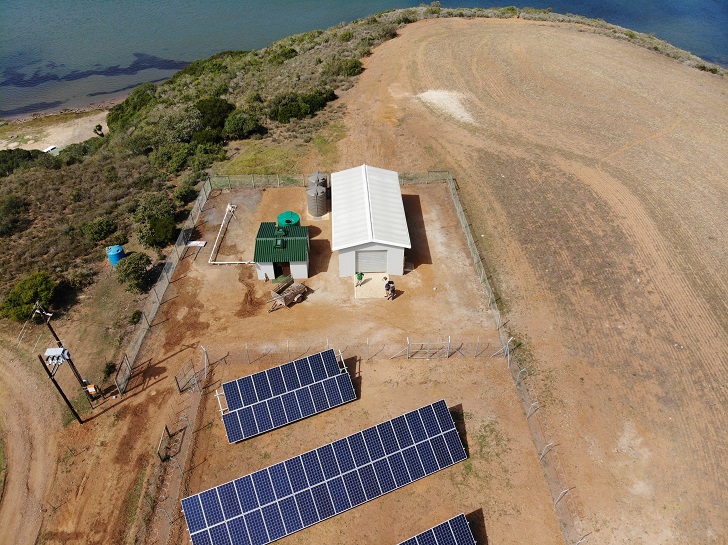
Introduction:
Solar-powered desalination has gained significant attention as a potential solution to the pressing issue of water scarcity. With the world facing a growing demand for freshwater and limited access to traditional sources, this innovative technology offers the promise of sustainable and cost-effective solutions. In this article, we will explore the concept of solar-powered desalination, its historical background, key concepts, main discussion points, case studies, current trends, challenges, future outlook, and the importance of further research and investment in this field.
Historical Background:
Desalination techniques have evolved over time, with early methods dating back to ancient times. However, it is the emergence and development of solar-powered desalination that has garnered significant interest. The need for an alternative to energy-intensive desalination methods led to the exploration of solar energy as a viable option. Significant milestones and breakthroughs have further propelled the advancement of solar-powered desalination.
Key Concepts and Definitions:
Solar-powered desalination involves harnessing solar energy to convert saltwater into freshwater. It utilizes photovoltaic systems, reverse osmosis, and solar stills to achieve this conversion. Photovoltaic systems capture sunlight and convert it into electricity, powering the desalination process. Reverse osmosis is a filtration method that removes salt and impurities from water, while solar stills use sunlight to evaporate water and collect the condensed fresh water.
Main Discussion Points:
Overview of Solar-Powered Desalination Technologies:
Various methods are employed in solar-powered desalination, including solar stills, solar-powered reverse osmosis, and solar-assisted multi-effect distillation. Each technology operates on different principles but shares the common goal of converting solar energy into fresh water. These technologies have demonstrated efficiency in utilizing solar energy for desalination purposes.
Environmental Benefits of Solar-Powered Desalination:
Solar-powered desalination offers numerous environmental benefits. It reduces reliance on fossil fuels, minimizing greenhouse gas emissions. By utilizing renewable energy sources, it contributes to mitigating climate change impacts and promotes sustainable water management practices.
Economic Considerations and Cost-Effectiveness:
Analyzing the costs associated with solar-powered desalination compared to traditional methods is crucial. While initial costs may be higher, the potential for cost reductions and the economic viability of large-scale projects make it an attractive option. Continued advancements and economies of scale could further enhance the cost-effectiveness of solar-powered desalination.
Case Studies or Examples:
Real-world examples of successful solar-powered desalination projects, such as the Al Khafji solar-powered desalination plant in Saudi Arabia, serve as valuable references. These case studies provide insights into the outcomes, challenges faced, and lessons learned, supporting the advancement of this technology.
Current Trends or Developments:
Recent advancements in solar-powered desalination technologies have focused on improving efficiency and scalability. Ongoing research efforts and collaborations aim to enhance the performance and affordability of these systems. These trends highlight the potential for further development and wider adoption of solar-powered desalination.
Challenges or Controversies:
Potential challenges associated with solar-powered desalination include the intermittency of solar energy and its impact on desalination processes. Differing viewpoints and controversies surrounding the use of this technology as a solution to water scarcity also exist. Addressing these challenges and controversies is crucial for the successful implementation of solar-powered desalination projects.
Future Outlook:
The future implications of solar-powered desalination in addressing global water scarcity challenges are significant. Integration with energy storage systems and the use of hybrid desalination technologies hold promise for further advancements. Continued research and investment can pave the way for a future where solar-powered desalination plays a vital role in ensuring access to clean and sustainable water sources.
Conclusion:
Solar-powered desalination presents a sustainable and cost-effective solution to water scarcity. By harnessing the power of the sun, it offers an environmentally friendly alternative to traditional desalination methods. The main points discussed in this article emphasize the importance of solar-powered desalination in addressing water scarcity and the need for further research and investment in this field.